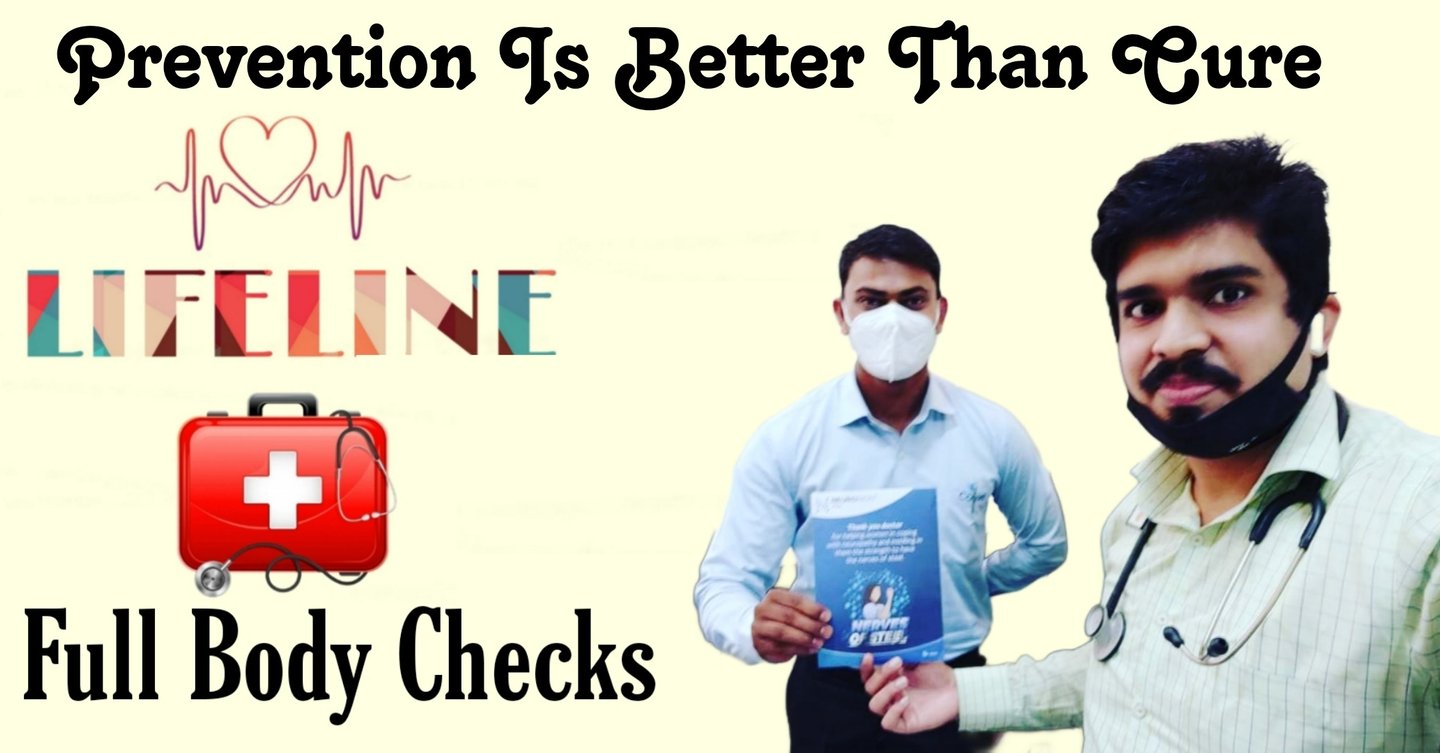Dr V. W. Verlekar
Burden Of Sepsis On Human Lives
Don't Let Sepsis Become Septic Shock
INFECTIOUS DISEASES
Dr V. W. Verlekar
3/12/20242 min read


Sepsis is a life-threatening condition that occurs when the body's response to infection causes damage to its own tissues and organs. If left untreated, sepsis can progress to septic shock, a severe and often fatal condition. In this blog post, we will explore the burden of sepsis and its impact on human lives.
The Burden of Sepsis
Sepsis is a global health crisis that affects millions of people each year. According to the World Health Organization (WHO), sepsis is estimated to be responsible for over 11 million deaths annually, making it one of the leading causes of death worldwide. In addition to the loss of human lives, sepsis also imposes a significant economic burden on healthcare systems.
The cost of treating sepsis is high, both in terms of direct medical expenses and indirect costs such as lost productivity. A study published in the journal of Critical Care Medicine estimated that the average cost of treating a patient with sepsis in the United States was around $18,000. This financial burden not only affects individuals and their families but also puts strain on healthcare systems.
The Impact on Human Lives
Sepsis can have devastating consequences for patients and their loved ones. It is a medical emergency that requires prompt diagnosis and treatment. Delayed or inadequate treatment can lead to septic shock, a condition characterized by a significant drop in blood pressure, organ failure, and a high risk of death.
Even survivors of sepsis may experience long-term physical and psychological effects. Common complications include organ damage, such as kidney or lung injury, and post-sepsis syndrome, which can cause chronic pain, fatigue, and cognitive impairment. These long-term effects can significantly impact a person's quality of life and ability to function normally.
Furthermore, sepsis can affect anyone, regardless of age or health status. However, certain populations are more vulnerable to developing sepsis. These include the very young, the elderly, individuals with weakened immune systems, and those with chronic illnesses such as diabetes or cancer. It is essential to raise awareness about sepsis and its risk factors to ensure early detection and timely treatment.
Prevention and Early Detection
Preventing sepsis starts with preventing infections. Simple measures such as practicing good hand hygiene, getting vaccinated, and following proper wound care can help reduce the risk of developing an infection that could lead to sepsis. It is also crucial to be aware of the signs and symptoms of sepsis, which include:
Fever or hypothermia (low body temperature)
Rapid heart rate
Rapid breathing
Confusion or disorientation
Extreme pain or discomfort
Shortness of breath
Clammy or sweaty skin
If you or someone you know is experiencing these symptoms, it is vital to seek immediate medical attention. Early detection and prompt treatment can significantly improve the chances of survival and reduce the risk of complications.
Conclusion
Sepsis is a serious condition that poses a significant burden on individuals, families, and healthcare systems. Its impact on human lives cannot be underestimated. By raising awareness about sepsis, its risk factors, and the importance of early detection and treatment, we can work towards reducing the incidence and improving outcomes for those affected by this life-threatening condition. Remember, don't let sepsis become septic shock - be informed, take preventive measures, and seek medical help without delay.

